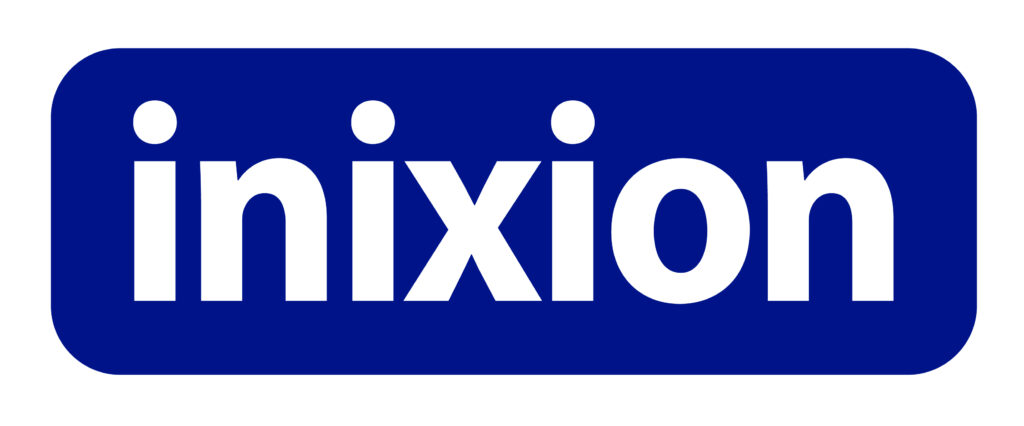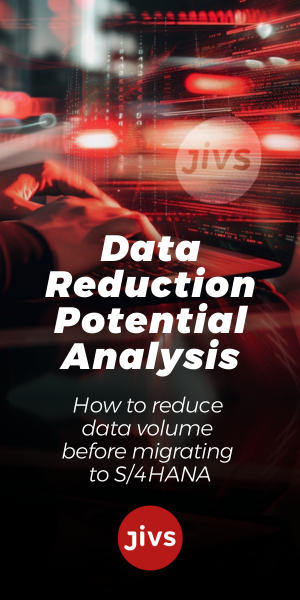Seamless systems and processes are essential for businesses navigating the complexities of a highly competitive market. Thus, when inefficiencies such as disconnected systems causing bottlenecks, poor inventory management, and manual processes arise, a transformative solution like a cloud ERP system is essential to consolidate all processes on a single platform.
Why Cloud ERP Implementations Fail
However, implementing an ERP system requires careful planning, selecting the right software, training the team, and setting realistic expectations for return on investment.
During a recent webinar, Codestone’s Jonathan Davies, Head of ERP Consultancy, and Colin Scott, Business Development Manager, ERP, shared insights on why choosing the right ERP provider is crucial for realizing the full benefits of an ERP system and, ultimately, a successful ERP implementation.
Davies cited four key reasons that can result in ERP projects failing:
- Not enough focus on customer team enablement
- Little knowledge of own processes
- Poor quality of data migration
- Lack of communication between customer and partner
How Codestone Helps
Scott noted that Codestone, a seasoned Microsoft and SAP Gold partner with over two decades of experience, understands the imperative of successfully implementing cloud ERP.
“Our commitment to a “fit-to-standard” philosophy, coupled with a well-defined six-phase implementation methodology, positions us as a reliable partner for organizations seeking successful ERP transformations,” Scott said.
He added that this philosophy advocates leveraging inherent capabilities and best practices in the standard ERP software. It encourages clients to adapt their processes to align with the system rather than heavily customizing the software to mirror existing workflows.
The Six-Phase Methodology
According to Davies, to effectively deliver on their fit-to-standard commitment, Codestone employs a structured six-phase implementation methodology:
Phase 1 – Discovery: This initial phase is crucial for laying the foundation of a successful project. Codestone utilizes pre-sales checklists and in-depth discussions to identify and refine the client’s specific requirements accurately. This detailed understanding forms the basis of the project scope and ensures alignment from the outset.
Phase 2 – Onboarding: Once the scope is defined, the onboarding phase focuses on project kickoff, establishing governance structures, and granting system access. Notably, Codestone emphasizes “project team enablement” early in this phase. This approach provides users with initial training and resources, fostering early buy-in and facilitating a smoother transition to the new ERP system.
Phase 3 – Design: In this phase, Codestone captures the client’s needs through a series of workshops and the creation of a Project Definition Analysis (PDA) and Project Definition Document (PDD). Crucially, this is where the “fit-to-standard” philosophy is actively applied, guiding clients towards adopting standard system functionalities wherever possible. The critical aspect of data migration is also addressed.
Phase 4 – Build: The build phase is typically the longest, involving the installation, configuration, and initial testing of the ERP solution. Codestone conducts thorough unit testing and system integration testing (SIT) to ensure the system functions as expected.
Phase 5 – Knowledge Transfer & Go-Live Preparation: This phase focuses on empowering the client’s team. Codestone often adopts a “train-the-trainer” approach, equipping key users with the knowledge to cascade training to end-users. User Acceptance Testing (UAT) is also a critical component Codestone supports. A significant differentiator is their conference room pilot, a rigorous end-to-end process simulation that serves as a crucial no-go/go decision point, minimizing risks before the actual go-live.
Phase 6 – Run: The final phase commences with the go-live, during which Codestone provides on-site support during the cutover and initial period. Recognizing the importance of a smooth transition, they remain on-site for the first month-end, a critical milestone for any new ERP implementation. Beyond the initial go-live, Codestone offers ongoing support, including a UK-based 24/7 helpdesk and proactive guidance on leveraging future system updates and functionalities, fostering a long-term partnership focused on continuous improvement.
What This Means for ERP Insiders
Cloud ERP offers tangible benefits to manufacturing organizations. Businesses that implement cloud ERP with an implementation partner like Codestone gain real-time inventory control, automated order management, and seamless financial integration, leading to fewer errors, faster fulfilment, and improved customer satisfaction. The implementation also allows them to achieve accurate demand forecasting and efficient resource allocation, which reduces costs and improves production flow.
A fit-to-standard approach provides tangible benefits. This approach significantly reduces the complexity and cost associated with extensive customization. It accelerates the implementation timeline, allowing businesses to realize the benefits of their new ERP system sooner. Additionally, by adhering to standard functionalities, organizations can readily adopt future updates and enhancements offered by the software vendor, ensuring their system remains current and efficient.
Seamless ERP implementation in six phases. This methodical approach provides a roadmap for the project lifecycle, ensuring transparency, collaboration, and predictable outcomes. By prioritizing standard functionalities, they deliver faster, more cost-effective implementations while minimizing risks.
The webinar ‘ERP Success Blueprint: Choosing Your Path to Digital Excellence’ is available to watch here.






